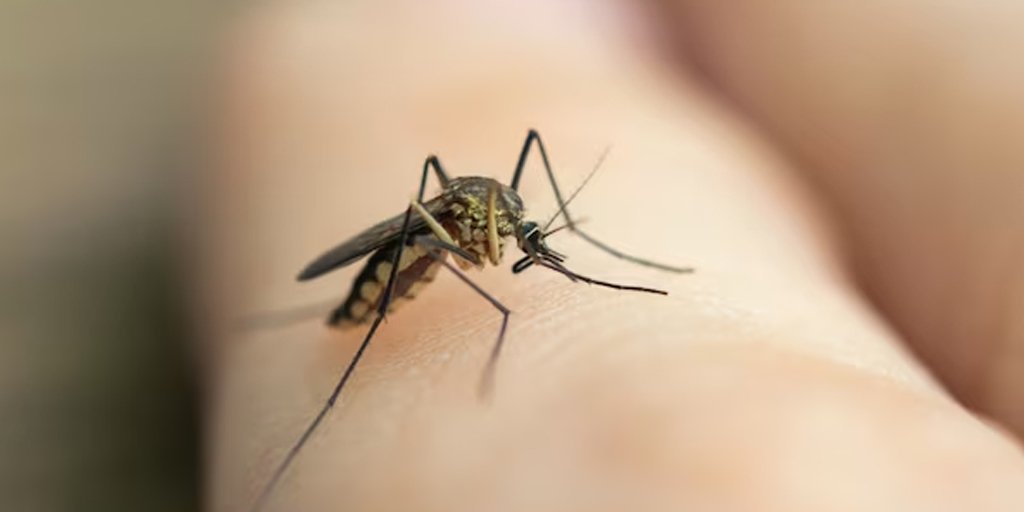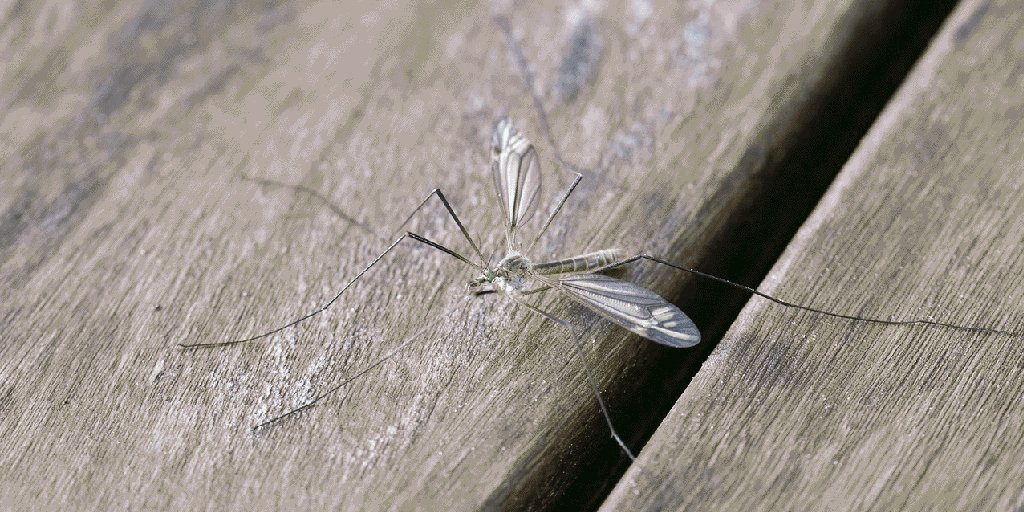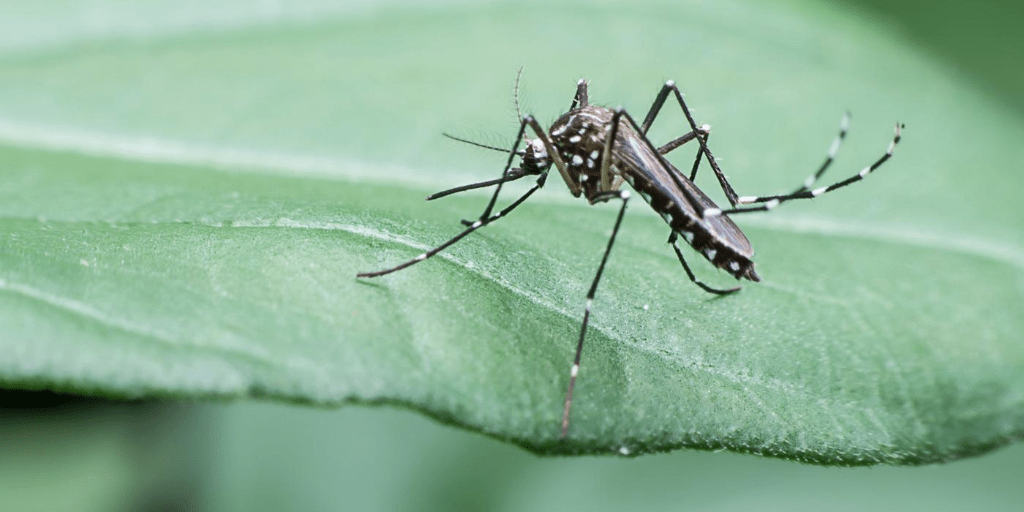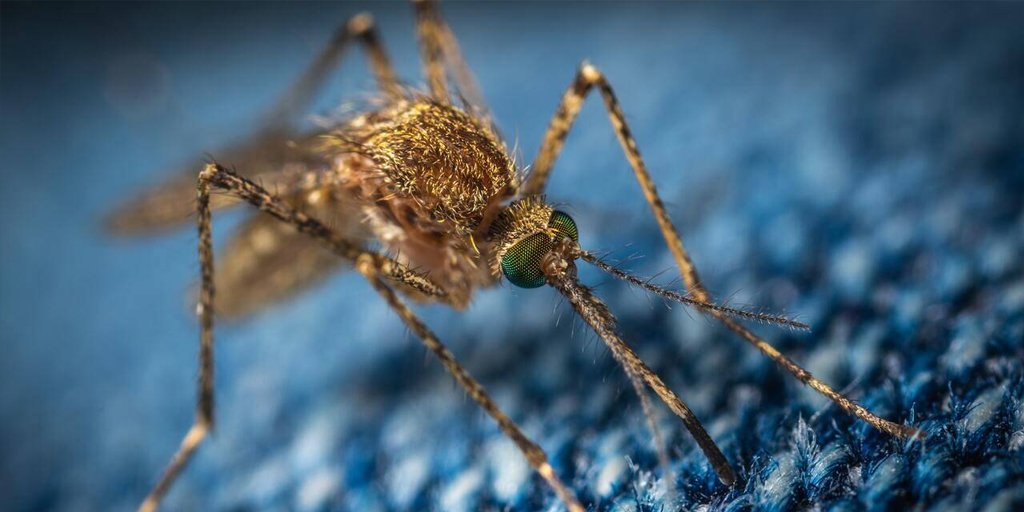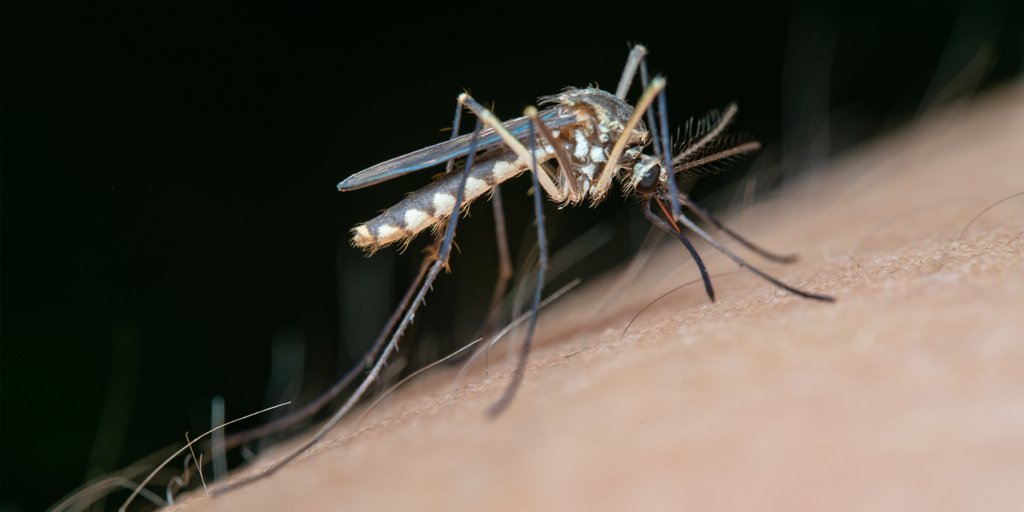Mosquitoes, the tiny insects most famous for their itchy bites, are more than just summer nuisances. In North America, these pests carry and transmit a range of diseases that can pose significant health risks to humans. Although the prevalence of mosquito-borne illnesses in this region is lower compared to tropical areas, cases are rising due to climate change, urbanization, and international travel. This blog will explore the main health risks posed by mosquitoes in North America, along with tips to protect yourself.
West Nile Virus (WNV)
West Nile Virus is the most common mosquito-borne disease in North America. First identified in the U.S. in 1999, WNV is now widespread across the continent. It is primarily transmitted to humans through the bite of an infected Culex mosquito.
- Symptoms: Most people (about 80%) infected with WNV are asymptomatic. However, about 1 in 5 individuals develop fever, headache, body aches, joint pain, or rash. Severe cases can lead to encephalitis (inflammation of the brain) or meningitis, causing confusion, seizures, or paralysis.
- Prevention: Use insect repellents containing DEET or picaridin, wear long sleeves and pants, and eliminate standing water where mosquitoes breed.
Eastern Equine Encephalitis (EEE)
Eastern Equine Encephalitis is a rare but severe mosquito-borne illness caused by the EEE virus, transmitted by Culiseta melanura and other mosquito species. It is most prevalent in the Atlantic and Gulf Coast states, as well as the Great Lakes region.
- Symptoms: While many infections are asymptomatic, severe cases can result in high fever, headaches, vomiting, seizures, and brain swelling. The disease has a fatality rate of 30-50% among severe cases.
- Prevention: The best defense is avoiding mosquito bites and reducing exposure during peak mosquito activity, typically dawn and dusk.
Dengue Fever
Although traditionally associated with tropical regions, Dengue fever has appeared sporadically in parts of the southern U.S., particularly in Texas and Florida. It is transmitted by Aedes aegypti and Aedes albopictus mosquitoes.
- Symptoms: Dengue fever causes high fever, severe headaches, muscle and joint pain, skin rash, and in some cases, bleeding complications. Severe Dengue, also known as Dengue Hemorrhagic Fever, can be life-threatening.
- Prevention: Travelers should be vigilant in areas where Dengue outbreaks have occurred. Protective measures include using mosquito nets and repellents.
Zika Virus
Zika virus gained widespread attention during outbreaks in the Americas in 2015-2016. In North America, local transmission has been reported in southern states such as Florida and Texas. Aedes aegypti and Aedes albopictus are the primary vectors.
- Symptoms: Zika infections are often mild, with symptoms like fever, rash, joint pain, and red eyes. However, the virus poses severe risks during pregnancy, potentially causing birth defects such as microcephaly.
- Prevention: Pregnant women and those planning to conceive should avoid traveling to Zika-prone areas and take precautions to prevent mosquito bites.
Malaria (Reemerging Risk)
Malaria, caused by Plasmodium parasites and transmitted by Anopheles mosquitoes, was eradicated in most parts of the U.S. by the mid-20th century. However, recent reports of locally transmitted cases in Florida and Texas signal a potential reemergence.
- Symptoms: Malaria causes fever, chills, sweating, headaches, and fatigue. Severe cases can lead to organ failure and death.
- Prevention: Public health measures focus on mosquito control, early detection, and prompt treatment.
Chikungunya Virus
Chikungunya is a viral disease spread by Aedes aegypti and Aedes albopictus. While outbreaks in North America have been limited, the potential for localized transmission exists, especially in warm climates.
- Symptoms: The virus causes fever and severe joint pain, which can persist for months. Other symptoms include headache, muscle pain, rash, and fatigue.
- Prevention: Preventive strategies are similar to those for Dengue and Zika, emphasizing mosquito bite avoidance.
Climate Change and Mosquito-Borne Diseases
Rising temperatures and changing precipitation patterns are expanding the range of mosquitoes and the diseases they carry. Areas once too cold for mosquito activity are now experiencing prolonged breeding seasons, increasing the risk of mosquito-borne illnesses in North America.
Protecting Yourself Against Mosquito-Borne Diseases
To minimize the risk of mosquito-borne diseases, follow these tips:
- Use Effective Repellents: Products containing DEET, picaridin, or oil of lemon eucalyptus are highly effective.
- Eliminate Standing Water: Regularly empty water from birdbaths, flowerpots, and gutters to prevent mosquito breeding.
- Install Screens: Use window and door screens to keep mosquitoes out of your home.
- Wear Protective Clothing: Light-colored, long-sleeved shirts and pants offer an extra layer of protection.
- Stay Informed: Monitor local health advisories for mosquito activity and outbreaks.
Know the Risks
While North America has robust public health measures to manage mosquito-borne diseases, individual vigilance is key to staying safe. By understanding the risks and adopting protective strategies, you can enjoy outdoor activities without worrying about these tiny but dangerous pests.
